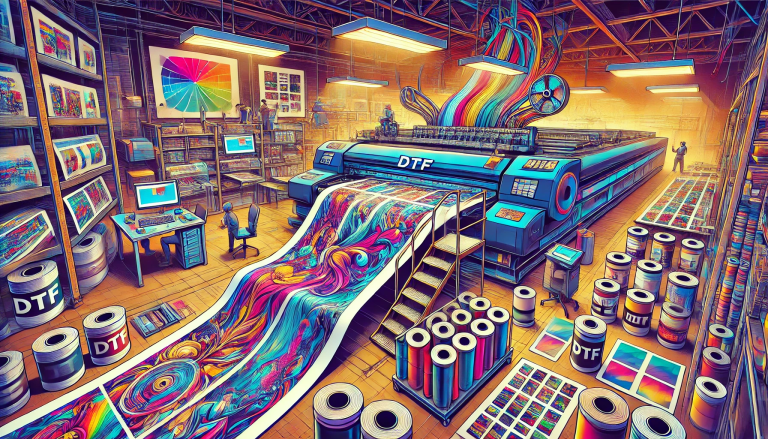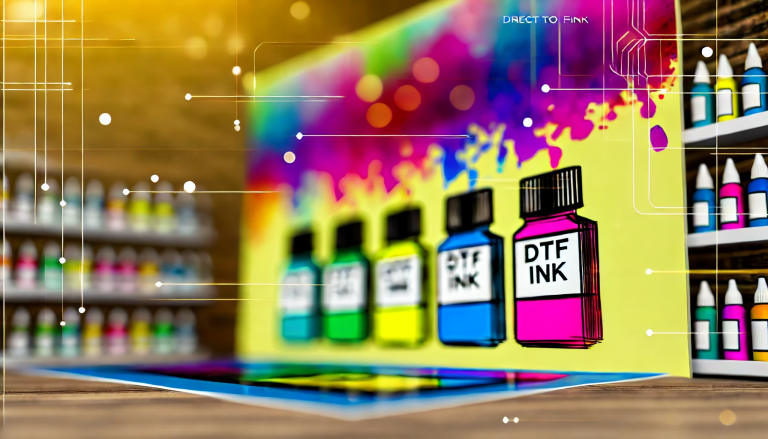“Tackling UV DTF Film Feeding Problems: A Comprehensive Guide” -MAXDTF- UV Film Transfer Decal Supplier, UV Film Transfer Decal Wholesale, Made in China
Introduction:
Direct-to-Film (DTF) printing has revolutionized the world of custom apparel and textile design, allowing businesses and individuals to create intricate and vibrant designs on various fabrics. One of the essential components in this process is the UV DTF film, which acts as a medium for transferring the design onto the fabric. However, like any printing process, DTF comes with its own set of challenges. In this blog, we will focus on a critical issue that often arises during the DTF printing process: UV DTF film feeding problems. We’ll delve into the causes, solutions, and preventative measures to ensure a smooth and efficient DTF printing experience.
Understanding UV DTF Film Feeding Problems:
UV DTF film feeding problems occur when the film does not advance properly through the printer, leading to misalignment, incomplete designs, and potential damage to the printer. These issues can be frustrating and costly, impacting the quality of the final product and slowing down production.
Common Causes of UV DTF Film Feeding Problems:
- Film Tension and Alignment: Incorrect tension or misaligned film can disrupt the feeding mechanism, leading to uneven feeding or jams.
- Printer Rollers and Guides: Dust, debris, or worn-out rollers and guides can hinder the smooth movement of the film through the printer.
- Film Type and Quality: Low-quality or improperly stored films may have inconsistencies or static issues that affect their feeding.
- Printer Settings: Incorrect settings such as media type, thickness, or speed can lead to feeding problems.
- Environmental Factors: Humidity and temperature fluctuations can impact film behavior, affecting its feeding.
- Improper Loading: Incorrectly loaded film, such as not positioning it correctly or leaving excess slack, can cause feeding issues.
Solutions and Preventative Measures:
- Regular Maintenance: Keep your printer clean and well-maintained. Regularly clean rollers, guides, and other parts that come into contact with the film.
- Quality Film: Invest in high-quality UV DTF film from reputable suppliers. Properly store the film in a controlled environment to minimize static and moisture-related issues.
- Film Tension: Ensure proper tension by following manufacturer guidelines. Avoid over-tightening, which can lead to misalignment and feeding issues.
- Printer Settings: Double-check and calibrate printer settings based on the manufacturer’s recommendations and the type of film being used.
- Loading Technique: Load the film correctly, ensuring it’s properly aligned with the printer’s guides and rollers. Avoid leaving excess slack, as it can lead to misfeeding.
- Environment Control: Maintain a stable printing environment by controlling humidity and temperature levels, which can affect film behavior.
- Testing and Calibration: Periodically test the printer’s feeding mechanism using small test runs. This can help you identify and address issues before they become major problems.
Conclusion:
UV DTF printing offers an incredible opportunity to create stunning custom designs on textiles, but it’s crucial to address and prevent feeding problems to ensure consistent and high-quality results. By understanding the common causes of film feeding issues and implementing proper maintenance, film quality, loading techniques, and environmental controls, you can enjoy a smooth and efficient DTF printing process. Remember, a little investment in preventive measures can go a long way in avoiding disruptions and ensuring customer satisfaction in your DTF printing endeavors.




